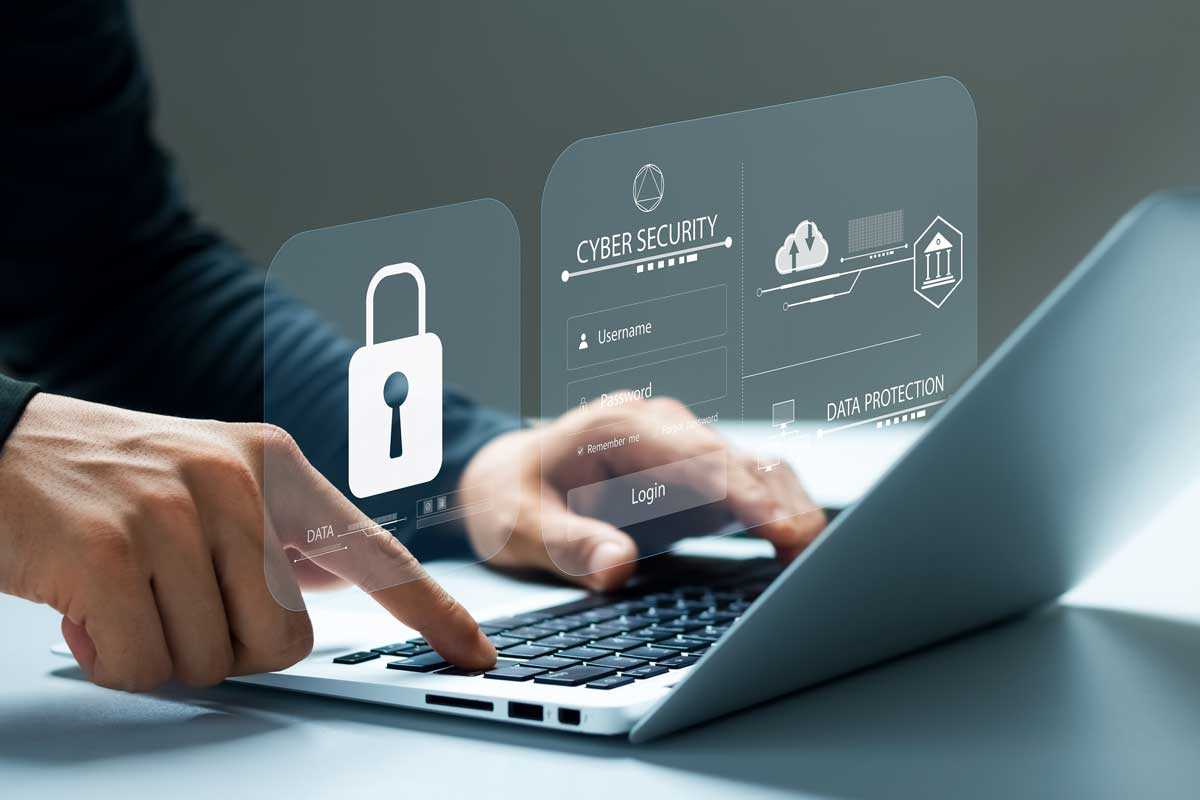Features
Trends In Cybersecurity: Protecting Your Business

In our increasingly interconnected and digital world, cybersecurity has become a critical concern for businesses of all sizes. The threat landscape is constantly evolving, and businesses must stay up-to-date with the latest trends and technologies to protect their sensitive data and systems. In this article, we will explore some of the most important trends in cybersecurity and provide insights on how you can safeguard your business.
The Rise of Cloud Security
Cloud computing has become an integral part of modern business operations. With the adoption of cloud services, businesses can access their data and applications from anywhere, improve collaboration, and scale their infrastructure as needed. However, the migration to the cloud also presents new security challenges.
One of the emerging trends in cybersecurity is the focus on cloud security. Businesses must ensure that their cloud service providers have robust security measures in place, including data encryption, access controls, and regular security audits. Additionally, businesses should implement their own security measures, such as multi-factor authentication and data loss prevention techniques, to protect their data in the cloud.
The Importance of Endpoint Security
With the proliferation of remote work and the increasing use of personal devices for business purposes, endpoint security has become a top priority for businesses. Endpoints, such as laptops, smartphones, and tablets, are often the weakest link in an organization’s security infrastructure.
Recent trends in endpoint security include the use of advanced threat detection technologies, such as behavioral analytics and machine learning, to identify and prevent malware and other malicious activities. Businesses should also enforce strong endpoint security policies, including regular software updates, password requirements, and the use of virtual private networks (VPNs) when accessing sensitive data remotely.
The Role of Artificial Intelligence (AI) in Cybersecurity
Artificial intelligence (AI) and machine learning (ML) technologies are revolutionizing the field of cybersecurity. These technologies can analyze vast amounts of data and detect patterns that may indicate a cyber threat. AI-powered cybersecurity tools can automatically detect and respond to threats in real-time, reducing the time it takes to identify and mitigate a breach.
AI can also help businesses automate routine security tasks, such as patch management and vulnerability scanning, freeing up cybersecurity professionals to focus on more strategic initiatives. However, it is important to note that AI is not a silver bullet and should be used in conjunction with human expertise to effectively protect against sophisticated cyberattacks.
The Growing Threat of Ransomware
Ransomware attacks continue to be a significant threat to businesses of all sizes. In a ransomware attack, hackers encrypt a company’s data and demand a ransom to restore access. These attacks can cause significant financial and reputational damage, and prevention is key.
To protect against ransomware, businesses should implement a multi-layered defense strategy. This includes regularly backing up data, educating employees on phishing and social engineering techniques, and deploying strong security measures such as firewalls, intrusion detection systems, and email filtering. It is also essential to have an incident response plan in place to minimize the impact of a ransomware attack.
The Importance of Employee Training and Awareness
No matter how advanced your cybersecurity measures are, they can be undermined by human error. Employees are often the weakest link in the security chain, inadvertently clicking on malicious links or falling victim to phishing emails.
Investing in employee training and awareness programs is crucial for a robust cybersecurity strategy. Regularly educate your employees about cybersecurity best practices, such as the importance of strong passwords, recognizing suspicious emails, and being cautious while accessing company data from personal devices or public networks. Encourage a culture of security awareness and make it easy for employees to report any potential security incidents.
Conclusion
As technology evolves, so do the cybersecurity threats faced by businesses. Staying informed and proactive is essential to protect your business from the ever-changing threat landscape. By adopting the trends discussed in this article, including cloud security, endpoint security, AI-powered tools, ransomware prevention, and employee training, you can strengthen your cybersecurity posture and safeguard your valuable data and assets.










